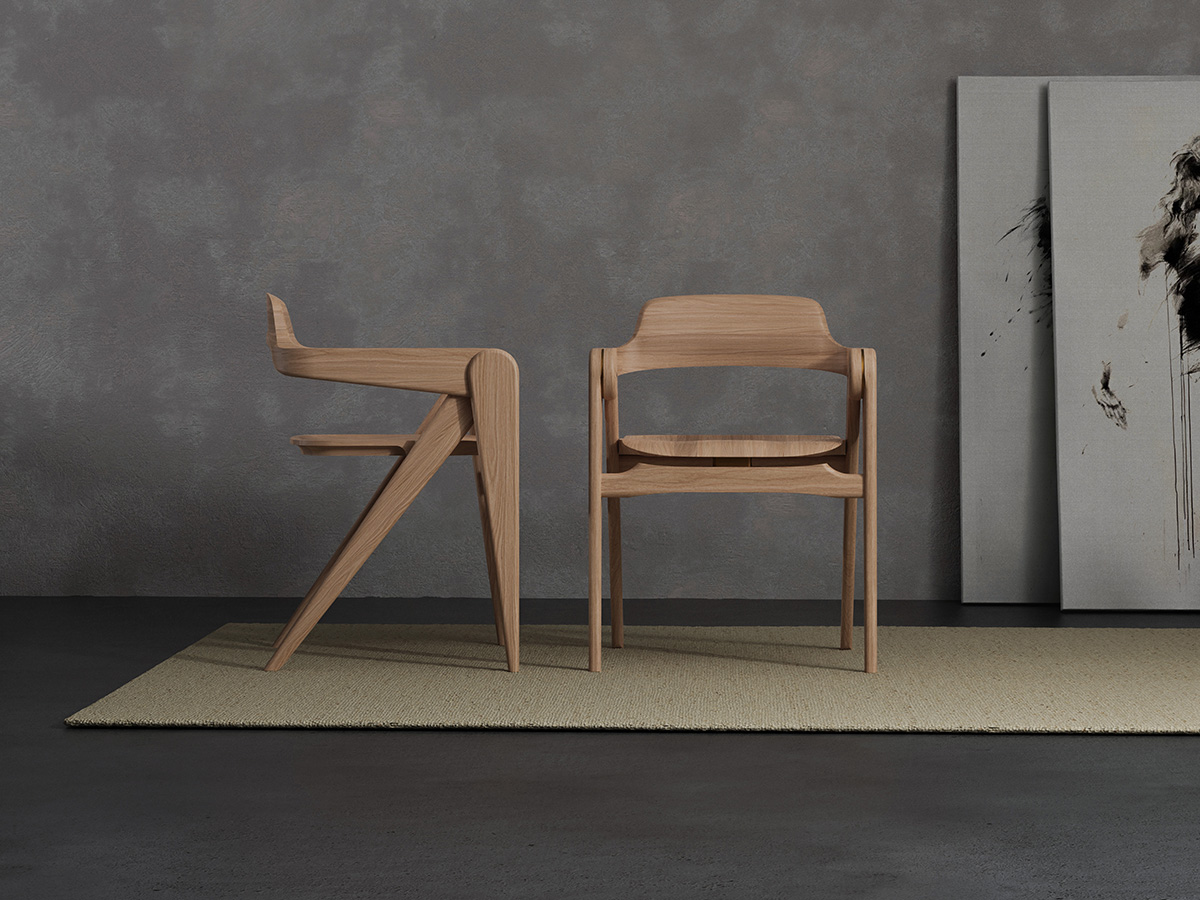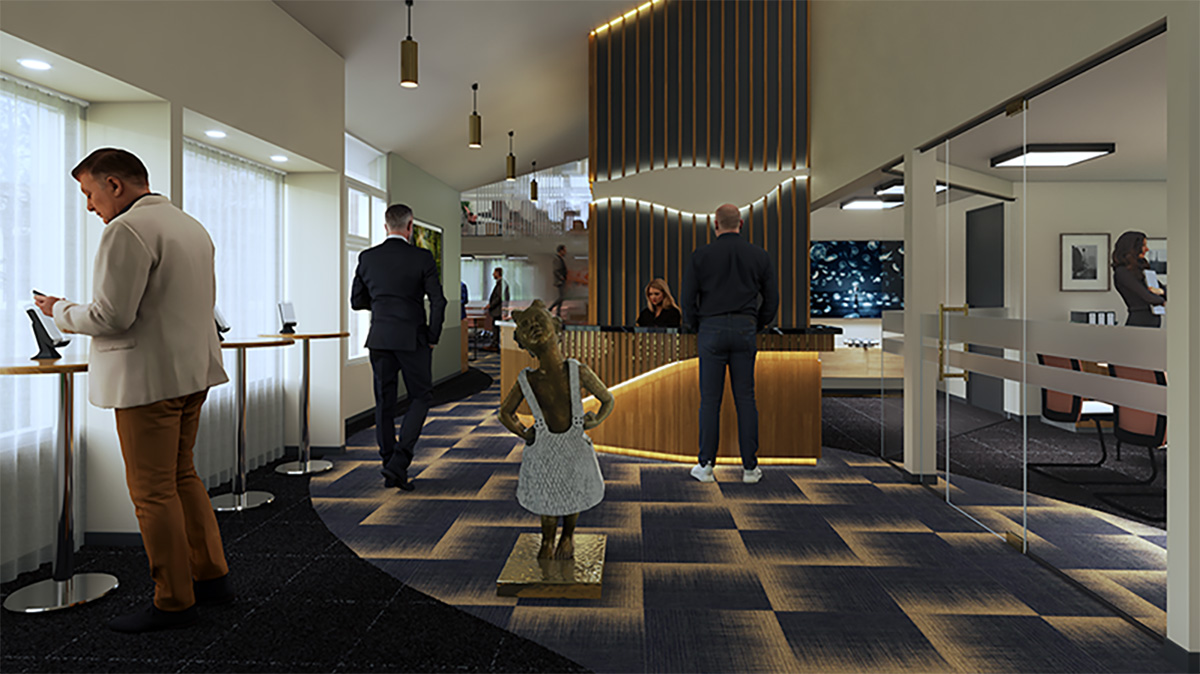Everything there is to know about modern Scandinavian design

The new tome Modern Scandinavian Design by bestselling design authors Charlotte and Peter Fiell, and with introductory essays by Magnus Englund, is an indispensable resource for any design enthusiast, collector or casual reader seeking inspiration for their home. The book includes multiple chapters about Scandinavian design, covering everything from architecture to ceramics and jewellery, and it is the first ever tome about Scandinavian design that has a chapter on graphic design.
The newly released book Modern Scandinavian Design is the ultimate guide to the distinctive design tradition arising out of the five Nordic countries – Denmark, Sweden, Norway, Finland and Iceland – since 1925. Designers from these countries have long pursued the shared goal of social equality through design, believing that well-designed everyday goods not only enhance daily life, but should also be the birthright of all.
Modern Scandinavian Design is written by the bestselling design authors Charlotte and Peter Fiell, with introductory essays by Magnus Englund. Englund is the co-founder of the high-end furniture retailer and contract dealer in modern Scandinavian furniture, Skandium. He has previously written two bestselling books on Scandinavian design and is a trustee of the Isokon Gallery, a London museum celebrating the 1930s Modernist movement.
Charlotte and Peter Fiell are among the bestselling design writers in the world. They were the editors-in-chief of design books at Taschen GmbH, one of the most dynamic and successful illustrated book imprints in the world, from 1993 to 2007. In this period, they authored/edited 32 books on architecture and design, many of which have been translated into more than 20 languages. Their books have sold more than three million copies worldwide. Today, the Fiells work as freelance authors as well as publishing and editorial consultants.
Nordic graphic design
Modern Scandinavian Design is a huge book with sections on architecture, furniture, lighting, glass, ceramics, metal- work, wood ware, plastics, textiles, jewellery and graphic design. In fact, Modern Scandinavian Design is the first tome ever on Scandinavian design that includes a chapter on graphic design. “Outside of the Nordic region, Scandinavian graphic design is pretty much an unknown quantity, at least the historic stuff, and yet there were some key Nordic designers who were creating artwork that was every bit of interesting as what was going on in the acknowledged centres of graphic design – Britain, France, Germany, Switzerland and the US,” say the authors. “So in this book, we wanted to address that, but over and above this we also wanted to build up as complete a picture of Scandinavian design endeavour as possible, and therefore it felt right to include a chapter dedicated to Scandinavian graphic design. Moreover, the graphic design output of any country is a good reflection of the nation’s desired outward projection of itself and often offers good insight into the socio-political culture of a country at different times in its history.
The chapter gives you a thorough overview of Scandinavian graphic design history during the past 100 years, and all the great Scandinavian graphic designers are mentioned. The authors explain in the book that graphic design was rather big in Scandinavia in the 20th century, but never really gained acknowledgement in the art world. “The most prolific area of Scandinavian graphic endeavour during the twentieth century was poster design. Posters were most often created to promote products, brands, films and travel, but they were also used as an important conduit for political propaganda and the dissemination of public information by Scandinavia’s nascent welfare states. Despite this, poster design was not held in particularly high esteem for much of the twentieth century, being predominantly seen as the field of fine artists and regarded as far too commercial for serious cultural consideration. Over time, however, Scandinavia produces a number of visual communicators who would come to rival the very best working in Britain, France and the USA.” Today, it is common to see Scandinavian graphic design in both Scandinavian offices and private homes. In fact, you are probably more likely to see a poster in a nice frame in a Scandinavian home than a painting.
World-renowned designers
Throughout the 33-page-long chapter, you will learn about the most important and influential Scandinavian graphic designers in the 20th century, such as Thor Bøgelund, Anders Beckman, Trygve Davidsen and many others. You will also read about Viggo Vagnby, who created what is probably the most famous of all 20th-century Danish posters, the Wonderful Copenhagen tourist poster of 1953. The poster shows a policeman stopping pedestrians and traffic in Copenhagen in order to let a mother duck and her chicks cross the road. A good chunk of the chapter is dedicated to Ib Antoni. He was one of the most sought-after Danish graphic designers of his generation, and he worked for over 150 companies and organisations worldwide. “Many of his more than 300 posters are extremely memorable – Charlie Rivel the clown with a bird on his nose; the Danish guardsman marching with a gun loaded with flowers; the Little Mermaid with a tourist on her tail; a Tivoli lamp in the dark-blue twilight hour; and many more motifs that are forever associated with Copenhagen and Denmark.”
Swedish graphic designer Anders Beckman, who founded his own school – a school named after him that is now considered one of Sweden’s most important design schools – is also included in the graphic design chapter. It is full to the brim of beautiful images of all the famous Scandinavian posters, and it is immediately obvious that they are Scandinavian, even before you read the text; they are created in the minimalist style the Scandinavian countries are so well known for. “In fact,” the authors say, “the Nordic graphic design style is closely related to the Scandinavian design heritage in general, for many of the Nordic designers were multi-disciplinarians. For instance, Tapio Wirkkala and Stig Lindberg – the two most ridiculously talented form- givers of Nordic design – were also active as graphic designers. But also Nordic design in general – whether it is furniture, lighting or building – tends to have a very graphic profile, which is why there are so many Scandinavian Design icons. Just think of the silhouettes of a Poul Henningsen lamp or a Hans Wegner chair, or even Jorn Utzon’s Sydney Opera House. They are all instantly recognisable thanks to this shared graphic aspect.”
By Heidi Kokborg | Photos: from Modern Scandinavian Design , Laurence King Publishing
Subscribe to Our Newsletter
Receive our monthly newsletter by email





